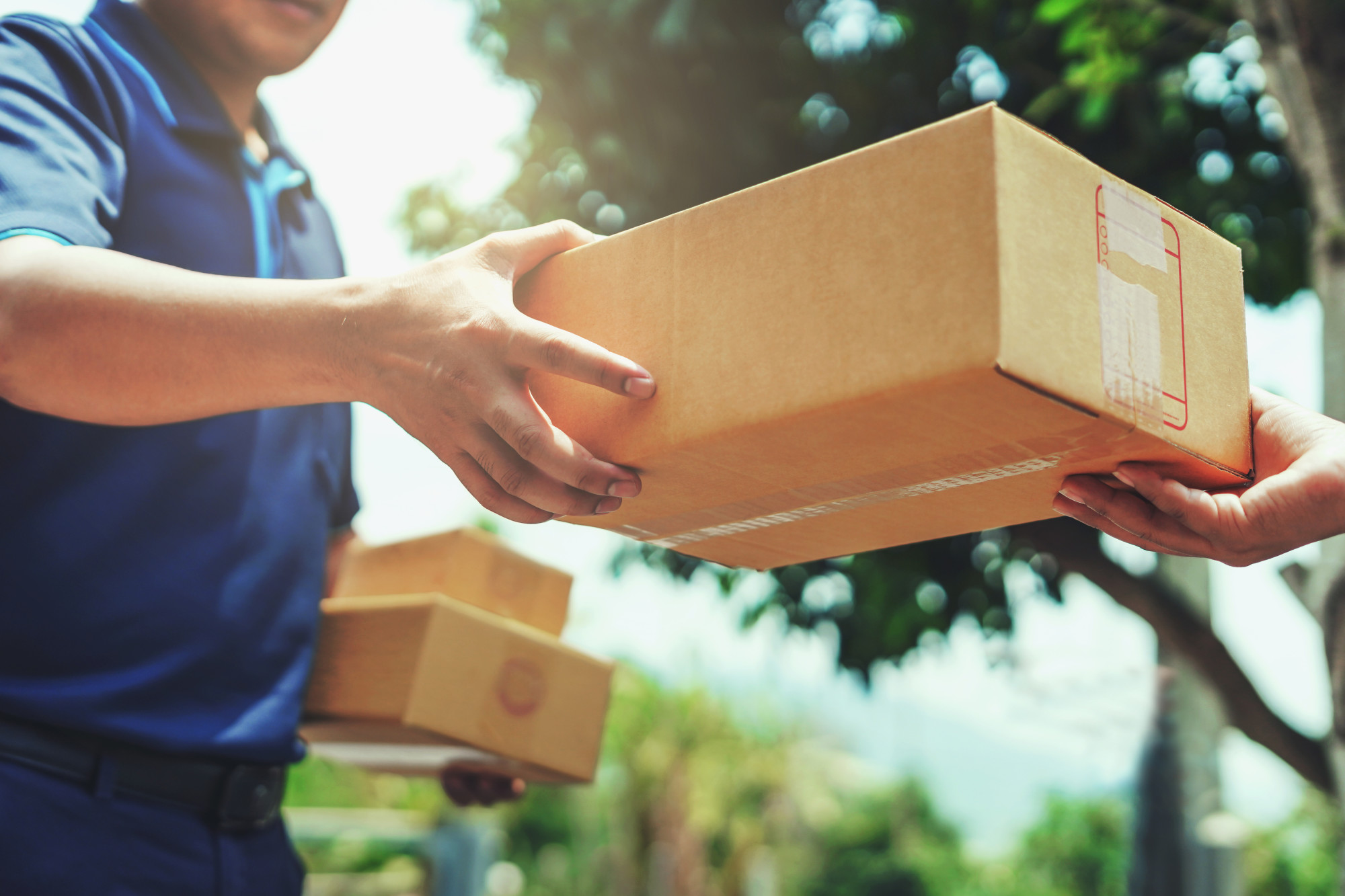What Is First Mile and Last Mile Delivery?

The consignment was one of the delivery methods that’s now lost in the shuffle thanks to the COVID-19 pandemic.
But there are still plenty of viable delivery methods for small businesses to utilize moving forward. And one of the most common is first mile and last mile delivery.
So what are the differences between the two? Why should you care? Most importantly, how do you make them a reality for your business?
This article will take you through everything you need to know about first and last mile delivery methods.
Read on to learn more!
The Benefits of First Mile and Last Mile Delivery
First and last mile delivery is important for businesses because they help ensure that customers receive their orders on time and in good condition.
Businesses can avoid the costly and time-consuming process of returning damaged or undelivered goods by having a first mile and last mile delivery service.
The Challenges of First Mile and Last Mile Delivery
The challenges of the first mile and last mile delivery are numerous and can be summarized into three main issues: cost, time, and distance.
These challenges must be taken into account when designing a delivery system as they will have a direct impact on the bottom line:
Cost
The first challenge is cost. The cost of fuel, vehicle maintenance, and driver wages can all add up, making delivery a costly endeavor. Additionally, the cost of delivering to remote areas or difficult-to-reach addresses can be prohibitive.
Time
The second challenge is time. The time it takes to make a delivery can be impacted by traffic, weather, and the overall distance that needs to be traveled. In some cases, it can be faster and more cost-effective to use an alternative delivery method, such as a courier service.
Distance
The third challenge is distance. The further the distance, the more time and cost it will take to make the delivery. This is why last mile delivery can be such a challenge. It can be difficult to find a location that is both close to the customer and easy to access.
By considering these challenges, businesses can be better prepared to design a delivery system that meets their needs and budget.
Implementing First Mile and Last Mile Delivery
There are many ways to implement first mile delivery and last mile delivery, but some common methods include using a distribution center, using a local courier, or using a third-party logistics provider.
You can use ITG Transportation Services to help reduce the complexity of your shipping process.
They can also bring an experienced team and cutting-edge tracking tools to simplify your drayage so you can focus your energy and attention on what is truly important in your business.
All About Knowing First Mile and Last Mile Delivery Today
You now know all about delivery services and why it’s so important for businesses. So what are you waiting for? Go out and get started on your first and last mile delivery today!
Did you find this article helpful? Check out the rest of our blogs!

